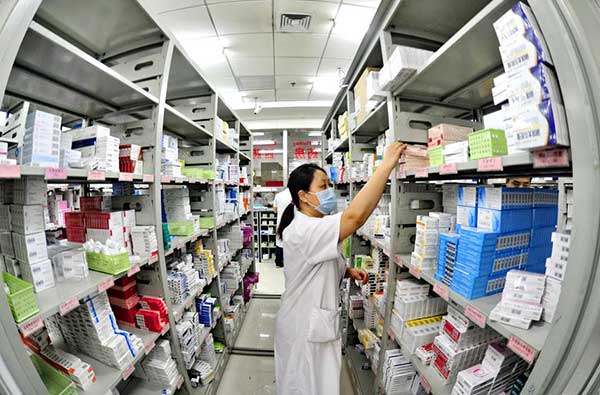Striving for the health of 1.4 billion people
No health, no prospects
For Tan, he has noticed that his treatment fees have also decreased. Previously a one-off treatment would cost around 4,000 yuan, nearly half the average annual income of rural residents.
This plummeted to 2,500 yuan after the hospital was upgraded as part of the ongoing medical care reform.
After nearly four decades of rapid development, China is striving to provide everyone with equal access to public services, health care being one of the most important.
The reform drive has been characterized by unprecedented strength and scope since President Xi Jinping assumed office in 2013.
The central leadership underscored the building of a "healthy China" in the proposal for the 13th Five-Year Plan (2016 to 2020,) a key period for China to accomplish the first centenary goal of building a moderately prosperous society in all respects by 2020.
There will be no well-off society in all respects, however, if the population is not healthy, Xi said.
Experts say the "healthy China" strategy is timely as it taps into the people's needs.
"A well-off society in all respects is supposed to be one where the people not only live a carefree life but are healthy -- both physically and mentally," said Wang Hufeng, a medical reform researcher at Renmin University.
Only by maintaining the population's condition can China achieve sustainable growth, he said.
Some developed countries, such as the Britain, had launched national health promotion plans as early as 1950s to enhance labor competitiveness and national power.
As the economy enters a "new normal," the intelligence-intensive and green health service industries are also inevitable choices for China to face up to the slowdown pressure and promote the long-term development of the medical sectors.

















